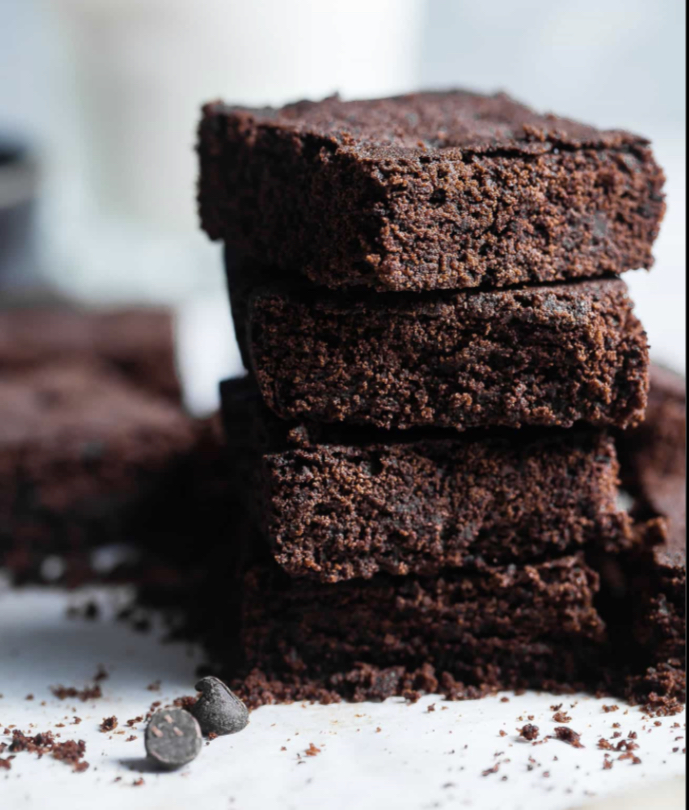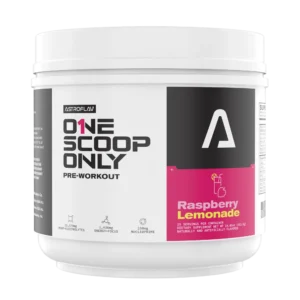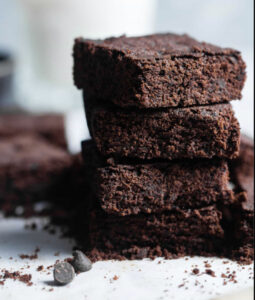
Making Your New Year’s Fitness Resolutions Stick: Expert Tips and Strategies
Making Your New Year’s Fitness Resolutions Stick: Expert Tips and Strategies Introduction: The Challenge of Sticking to New Year’s Fitness Resolutions As the New Year

Introduction to baking with protein powder
As a fitness enthusiast and a lover of baked goods, I’m always on the lookout for ways to indulge without guilt. That’s when I discovered the magic of baking with protein powder. Not only does it add a boost of essential nutrients, but it also helps create a satisfying treat that won’t derail my fitness goals. In this article, I will share with you the benefits of using protein powder in baking, how to choose the right protein powder for your recipes, tips for incorporating it into your favorite baked goods, and even a delicious macro-friendly chocolate brownie recipe that will satisfy your sweet tooth.
Protein powder isn’t just for making smoothies or post-workout shakes. It can also be a game-changer in your baking endeavors. One of the main benefits of using protein powder in baking is the added nutritional value. Protein is an essential macronutrient that helps build and repair tissues in the body. By incorporating it into your baked goods, you’re not only satisfying your cravings but also fueling your body with high-quality protein.
Another advantage of using protein powder in baking is its ability to enhance the texture and moistness of your treats. Protein powder adds structure and stability to your recipes, resulting in a more satisfying and indulgent bite. Plus, it can help keep your baked goods moist for longer, ensuring that they stay fresh and delicious.
With so many protein powder options available on the market, it’s essential to choose the right one for your baking needs. There are three main types of protein powder: whey, casein, and plant-based. Whey protein is derived from milk and has a high biological value, meaning it contains all the essential amino acids your body needs. Casein protein, also derived from milk, is slower-digesting and provides a sustained release of amino acids. Plant-based protein powders, such as pea, soy, or rice protein, are excellent options for those following a vegan or vegetarian diet.
When selecting a protein powder for baking, consider the flavor, texture, and nutritional profile. Opt for a protein powder that complements the flavors of your baked goods and has a smooth texture. Additionally, pay attention to the macronutrient content, including protein, carbohydrates, and fats, to ensure it aligns with your dietary goals.
Now that you’ve chosen the perfect protein powder for your baking adventures, it’s time to learn how to incorporate it into your favorite recipes. Here are a few tips to help you get started:
By following these tips, you’ll be well on your way to creating protein-packed baked goods that are both nutritious and satisfying.
Now, let’s dive into the star of the show – a macro-friendly chocolate brownie recipe that will satisfy your sweet tooth while providing a hefty dose of protein. Here’s what you’ll need:
Ingredients:
Instructions:
Calorie & MACRO Counter Fatsecret.com
These protein-packed brownies not only taste amazing but also offer several nutritional benefits. With the combination of chocolate protein powder, almond flour, and almond butter, they provide a good amount of protein, healthy fats, and dietary fiber. Additionally, the use of unsweetened applesauce and honey or maple syrup as sweeteners helps reduce the overall sugar content compared to traditional brownie recipes. They are also a good source of vitamins and minerals, including iron, magnesium, and potassium. Enjoying these brownies as a post-workout snack or a guilt-free dessert can help support your fitness and wellness goals.
The beauty of baking with protein powder is the versatility it offers. Feel free to experiment with different variations and substitutions in the brownie recipe to suit your preferences and dietary needs. Here are a few ideas to get you started:
Feel free to get creative and tailor these brownies to your liking. The possibilities are endless!
Baking with protein powder opens up a world of guilt-free indulgence for fitness enthusiasts and health-conscious individuals alike. By choosing the right protein powder, following a few simple tips, and experimenting with recipes, you can create delicious and nutritious treats that satisfy your cravings without derailing your fitness goals. Whether you’re looking to fuel your workouts, support muscle recovery, or simply enjoy a healthier version of your favorite desserts, protein powder baking is a game-changer.
So, go ahead and give the macro-friendly chocolate brownie recipe a try. Whip up a batch of these protein-packed brownies and indulge without guilt. Your taste buds and your body will thank you!
For all your nutrition needs go to www.profectioncoaching.com

Making Your New Year’s Fitness Resolutions Stick: Expert Tips and Strategies Introduction: The Challenge of Sticking to New Year’s Fitness Resolutions As the New Year

Ultimate Guide to Diabetic Nutrition Living with diabetes requires a proactive approach to managing blood sugar levels, and nutrition plays a crucial role in this

Boost Your Performance with ASTROFLAV One Scoop Only Pre Workout: The Ultimate Pre Workout When it comes to maximizing your workout performance, a quality pre

Introduction to baking with protein powder As a fitness enthusiast and a lover of baked goods, I’m always on the lookout for ways

How to stand out in your next women’s bodybuilding competition. Bodybuilding competitions have been rapidly gaining popularity among women, and for good reason. They provide

Image Source: Parade Introduction When it comes to achieving weight loss goals, many women believe that cardiovascular exercise is the only way to go. However,